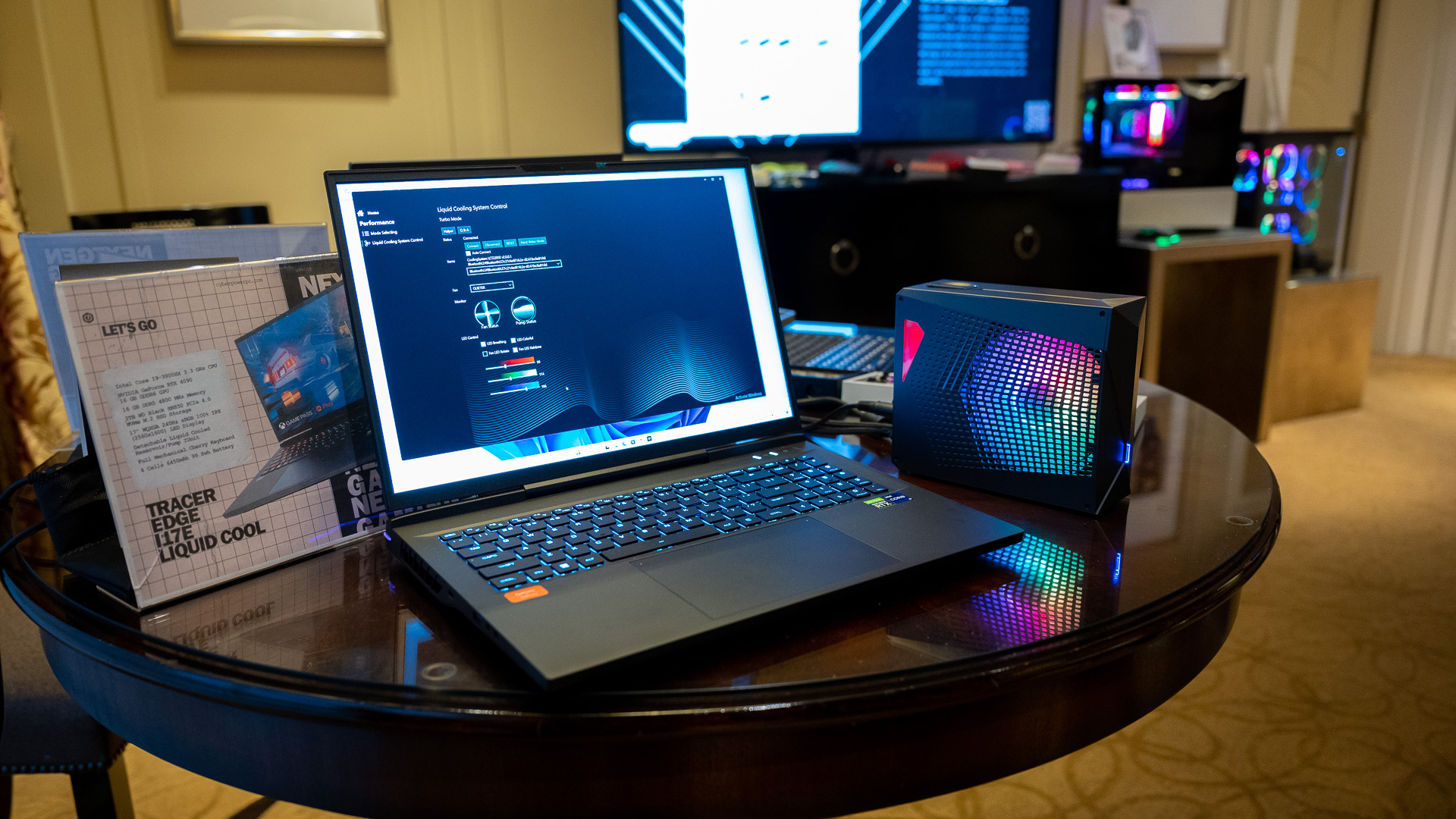#This Spacecraft Accidentally Flew Through a Comet’s Tail and Took a Crazy Photo – Review Geek

“#This Spacecraft Accidentally Flew Through a Comet’s Tail and Took a Crazy Photo – Review Geek”

Sometimes, when you’re in the wrong place at just the right time, something magical can happen. At least that’s what happened when the European Space Agency’s Solar Orbiter accidentally passed through a comet’s tail and snapped the jaw-dropping photo up above.
The Solar Orbiter was simply minding its own business in its mission to orbit the sun. Meanwhile, comet C/2019 Y4 (ATLAS) broke apart just before it was set to pass near Earth (and be visible in the night sky). A piece of the tail continued on through our Solar System, and things lined up perfectly, where the Solar Orbiter ventured behind the comet’s tail.
Although the Solar Orbiter wasn’t designed for this purpose, its research team decided to power on its instruments and see what they could detect once the two crossed paths. The comet disintegrated before they were able to meet, but the team simply adjusted because it had already turned on the Orbiter’s instruments and prepared for the encounter. And, in addition to capturing that stunning shot (which you can see a short video of on NASA’s site), they were also able to detect something fascinating.
“We have identified a magnetic field structure observed at the beginning of June 4th 2020, associated with a full magnetic field reversal, a local deceleration of the flow and large plasma density, and enhanced dust and energetic ions events,” wrote the team, led by Lorenzo Matteini of University College London.
“We interpret this structure as magnetic field draping around a low-field and high-density object, as expected for a cometary magnetotail. Inside and around this large-scale structure, several ion-scale fluctuations are detected that are consistent with small-scale waves and structures generated by cometary pick-up ion instabilities.”
Simply put, the Orbiter’s instruments detected a magnetic field in the comet’s tail, which was embedded in the ambient interplanetary magnetic field. The probe’s findings are in line with data found from other similar encounters, and the scientists were excited to have the opportunity to study the unique event and learn from it.
via Science Alert
If you liked the article, do not forget to share it with your friends. Follow us on Google News too, click on the star and choose us from your favorites.
For forums sites go to Forum.BuradaBiliyorum.Com
If you want to read more like this article, you can visit our Technology category.




